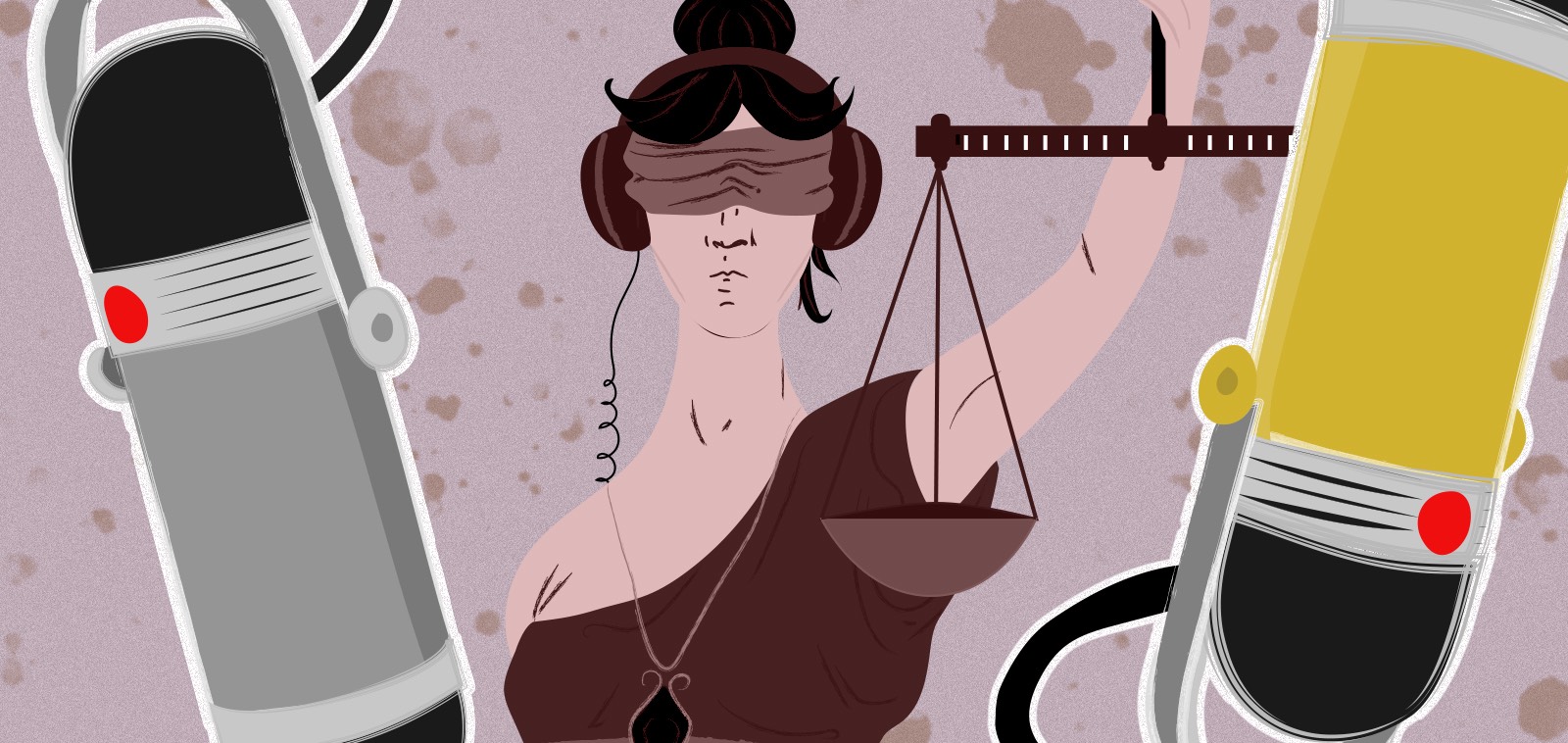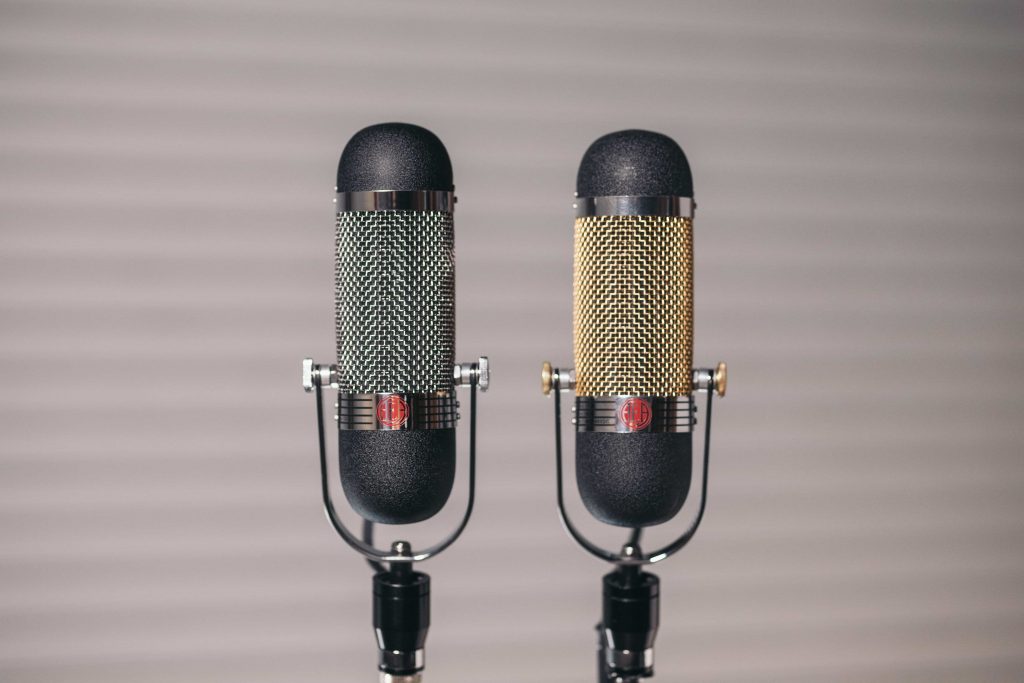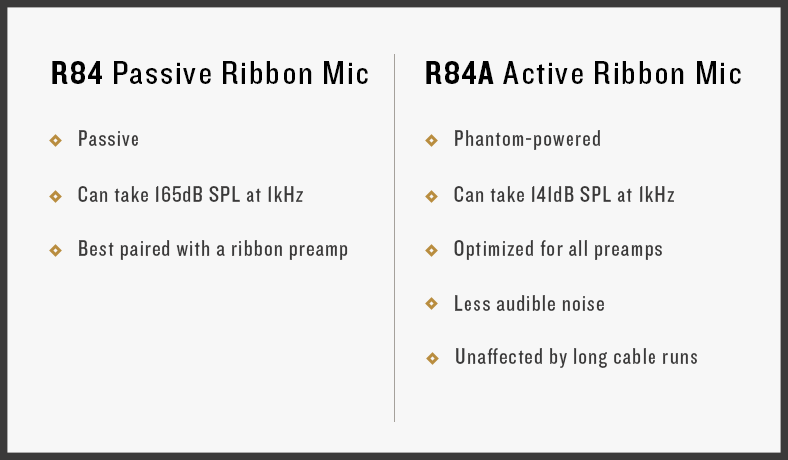BEHIND THE MIC: THE AEA TRP RIBBON MICROPHONE PREAMPS


The AEA R84 is one of the most flexible ribbon microphones in use today. Designed as a lighter, more compact, and lower cost version of the R44, this Swiss Army knife of ribbon mics fits a wide range of applications.
Though passive ribbon mics like the R84 have always been known for their incredible sound, they also come with certain requirements needed to reach their full sonic potential. This mainly involves using a very high-gain, high-impedance mic preamp — characteristics that many older and even modern preamps lack.
Passive ribbons generally have low output level and require preamps that supply a high level of gain. If the preamp you use doesn’t have enough gain, the mic signal may seem too soft or noisy. This can be apparent when recording quiet acoustic guitars or strings, especially at a distance or with long cable runs. In addition, if the preamp paired with a passive ribbon does not have a high enough impedance, it can negatively affect the low end, top end, and transient response of the microphone.
Due to these inherent issues in passive ribbon mics, we were inspired to come up with a way to allow people to use any preamp and still experience the full potential of the microphone. We developed active circuitry for our ribbon mics allowing just this.

They are almost identical in sound! The R84A is an R84, with the addition of a custom-made Lehle transformer and active electronics. The two versions of the microphone sound very similar and both offer that classic ribbon sound. Other than these two changes and an 18-carat gold-plated grill for the R84A, the passive R84 and the active R84A are essentially the same microphone.

The passive version, the R84, is preamp dependent while the active R84A has 48-volt powered internal electronics with the same JFET technology used in our preamps, making it preamp flexible. The R84A works with a preamp of any impedance and has 12dB more output than the R84 giving you more flexibility when selecting a preamp to pair it with.
The preamp input impedance affects a passive ribbon’s output level in addition to the mic’s frequency and transient response characteristics. When pairing a passive ribbon with a low impedance preamp, the full low-end potential of a passive ribbon will not be captured. To reach its full potential, it is generally recommended to use a preamp that is at least five times the input impedance of the microphone’s output impedance. However, a low or very high input impedance on a preamp will not hurt a ribbon microphone. We recommend clean, high-impedance preamps with a minimum input impedance of 1.2K ohms and at least 65dB of gain, such as the AEA RPQ3, TRP3, and RPQ500.

One benefit of passive mics is that while not common, it is possible to overload the input of an active mic with a ridiculously loud source. This is not a normal occurrence and can be avoided with the use of an inline pad between an active mic and the preamp.
In most instances, we recommend the R84A because of its higher output and consistent impedance. This gives great flexibility when recording quiet instruments and tracking at a distance away from the source.
The active circuitry also allows you to pair an R84A with any preamp to benefit from its color, while still reaching the full sonic potential of the mic’s low end, top end, and transient response.
Since active mics require phantom-power, they are protected from any issues that may arise from hot patching and broken cables.
And finally, pairing an active ribbon with a ribbon preamp can be the ultimate combo for ultra low-noise, clarity, and detail.
Sound-wise, whether you use an R84 with a ribbon preamp or an R84A, the mics sound almost identical. It is a choice we offer for engineers to make depending on where and how they use their ribbons.